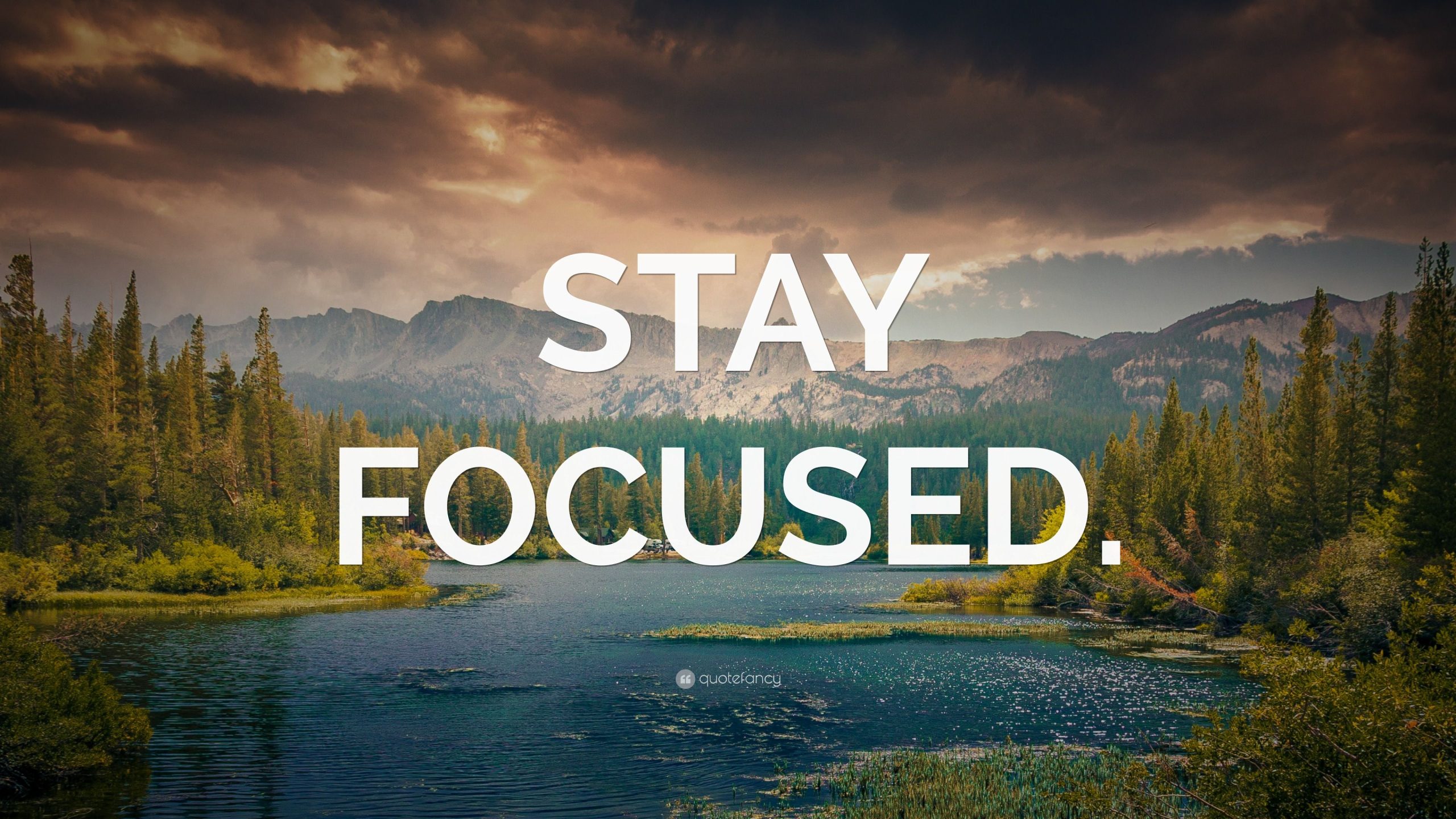
India, a land of vibrant colours, ancient history, spiritual depth, and breathtaking landscapes, offers an unparalleled travel experience. From the snow-capped Himalayas to the tropical beaches of the south, the sheer diversity of India can be overwhelming. This comprehensive guide will help you navigate this incredible country, offering insights into where to stay, what to see, practical travel tips, and how to make the most of your Indian adventure.
A Glimpse into India’s Rich Tapestry: History, Culture, and Attractions
India’s history stretches back millennia, leaving behind a legacy of empires, religions, and artistic achievements. Before delving into where to stay, understanding the major historical and cultural influences that shape the country is crucial.

Related Articles about Unveiling the Magic of India: A Guide to Where to Stay, What to See, and How to Experience the Incredible:
- The Floating City: Your Comprehensive Guide to Traveling Venice
- Unveiling the Treasures of Arabia: A Comprehensive Guide to Saudi Arabia’s Top Attractions
- Aloha Awaits: Your Comprehensive Guide to Traveling to Hawaii
- Beyond the Glitz: A Comprehensive Guide to the Best Hotels and Experiences in Las Vegas
- La Dolce Vita Awaits: Your Comprehensive Guide to Traveling to Italy
- Ancient Civilizations: The Indus Valley Civilization, one of the earliest urban civilizations, flourished from 3300-1700 BCE. Remnants of this period, like the archaeological sites of Harappa and Mohenjo-daro (now in Pakistan), offer a glimpse into a sophisticated society.
- The Vedic Period (1500-500 BCE): This era saw the rise of Hinduism, the development of the Sanskrit language, and the compilation of the Vedas, the foundational texts of Hinduism.
- The Mauryan Empire (322-185 BCE): Ashoka, a Mauryan emperor, embraced Buddhism and spread its teachings throughout the empire. The Pillars of Ashoka, inscribed with edicts promoting peace and social welfare, are still visible today.
- The Gupta Empire (320-550 CE): This period is often considered the "Golden Age" of India, marked by advancements in art, science, and literature. The Ajanta and Ellora caves, with their intricate carvings and paintings, are prime examples of Gupta art.
- The Mughal Empire (1526-1857): The Mughals, of Persian origin, left an indelible mark on Indian architecture, cuisine, and culture. The Taj Mahal, a mausoleum built by Emperor Shah Jahan, is a testament to Mughal artistry and love. Other notable Mughal structures include the Red Fort in Delhi and the Humayun’s Tomb.
- British Colonialism (1757-1947): The British East India Company gradually gained control of India, leading to the establishment of the British Raj. The colonial period brought significant changes, including infrastructure development, but also exploitation and oppression.
- Independence and Modern India (1947-Present): India gained independence in 1947 after a long struggle led by Mahatma Gandhi and other freedom fighters. Today, India is the world’s largest democracy, a rising economic power, and a melting pot of cultures.

Top Attractions Across India:
India’s attractions are as diverse as its history and culture. Here’s a glimpse of some of the must-see destinations:
- Taj Mahal (Agra): This iconic mausoleum is a masterpiece of Mughal architecture and a symbol of love.
- Jaipur, Rajasthan (Pink City): Explore the majestic Amber Fort, the City Palace, and the Hawa Mahal (Palace of Winds).
- Varanasi (Uttar Pradesh): One of the oldest living cities in the world, Varanasi is a spiritual hub on the banks of the Ganges River. Witness the evening Ganga Aarti ceremony.
- Kerala (God’s Own Country): Enjoy the serene backwaters, lush green hills, and beautiful beaches. Take a houseboat cruise in Alleppey.
- Goa: Famous for its beaches, vibrant nightlife, and Portuguese colonial architecture.
- Delhi (National Capital Territory): Visit historical sites like the Red Fort, Humayun’s Tomb, and Qutub Minar. Explore the bustling markets of Chandni Chowk.
- Mumbai (Maharashtra): Experience the fast-paced city life, Bollywood, and the Gateway of India.
- Khajuraho (Madhya Pradesh): Marvel at the intricate sculptures of the Khajuraho temples, showcasing the artistic brilliance of the Chandela dynasty.
- Ranthambore National Park (Rajasthan): Spot tigers and other wildlife in this renowned national park.
- Darjeeling (West Bengal): Enjoy the stunning views of the Himalayas and the tea plantations.
Essential Travel Tips for a Smooth Journey:
- Visa: Ensure you have the necessary visa before you travel. You can apply for an e-Visa online.
- Currency: The Indian Rupee (INR) is the local currency. ATMs are widely available in cities and towns.
- Language: Hindi and English are the official languages. However, India is incredibly diverse, with many regional languages. Learning a few basic Hindi phrases can be helpful.
- Clothing: Dress modestly, especially when visiting religious sites. Pack comfortable and breathable clothing, suitable for the climate.
- Health: Consult your doctor about necessary vaccinations and health precautions. Drink bottled water and be mindful of food hygiene.
- Transportation: India has a vast transportation network. Consider trains, buses, domestic flights, and taxis. Rickshaws (auto-rickshaws) are a common mode of transport in cities.
- Bargaining: Bargaining is common in markets and with auto-rickshaw drivers.
- Safety: Be aware of your surroundings, especially in crowded areas. Avoid walking alone at night in unfamiliar locations.
- Respect Local Customs: India is a country rich in traditions and religious practices. Be respectful of local customs and traditions.
- Embrace the Chaos: India can be overwhelming. Embrace the chaos, be patient, and enjoy the experience.
Accommodation Options: From Budget-Friendly to Luxurious Retreats
India offers a wide range of accommodation options to suit every budget and preference:
- Budget Hotels & Guesthouses: These are a great option for backpackers and budget travellers. You can find affordable rooms in guesthouses and budget hotels in most cities and towns. Websites like Booking.com, Agoda, and MakeMyTrip are helpful for finding budget-friendly options.
- Mid-Range Hotels: These hotels offer a good balance of comfort and affordability. They often include amenities like air conditioning, Wi-Fi, and restaurants.
- Luxury Hotels: India boasts some of the world’s most luxurious hotels, including heritage properties, palace hotels, and modern five-star hotels. These hotels provide impeccable service, stunning architecture, and world-class amenities.
- Homestays: Homestays offer a unique opportunity to experience local culture and hospitality. You’ll stay in a local family’s home and often enjoy home-cooked meals.
- Ashrams: For a spiritual experience, consider staying in an ashram. They offer basic accommodation and focus on meditation, yoga, and spiritual practices.
- Houseboats (Kerala): Experience the serene backwaters of Kerala by staying on a houseboat. These boats offer comfortable cabins, delicious food, and a unique way to explore the region.
- Farm Stays: Escape the city and enjoy a rural experience by staying at a farm stay. You’ll often be involved in farm activities and enjoy fresh produce.
Where to Stay in Key Destinations:
- Delhi: Connaught Place: Offers a central location with a variety of hotels, restaurants, and shopping options. Old Delhi: For a more authentic experience, stay in the bustling lanes of Old Delhi.
- Agra: Near the Taj Mahal: Choose a hotel with views of the Taj Mahal or within walking distance.
- Jaipur: Near the City Centre: Offers easy access to attractions, restaurants, and shopping. Amer Fort Area: For a more relaxed setting, consider staying near Amer Fort.
- Mumbai: Colaba: A historic area with colonial architecture, restaurants, and the Gateway of India. Bandra: A vibrant neighbourhood with trendy restaurants, bars, and shops.
- Varanasi: Near the Ghats: Choose a guesthouse or hotel near the ghats (steps leading to the river) for a spiritual experience.
- Goa: North Goa: Known for its beaches, nightlife, and water sports. South Goa: Offers quieter beaches and a more relaxed atmosphere.
- Kerala: Munnar: Stay in a tea plantation resort for stunning views. Alleppey: Book a houseboat cruise for a unique experience. Kochi: Explore the historic Fort Kochi area.
- Rajasthan (General): Consider a chain of hotels by a trusted hotel brand.
Transportation: Navigating India’s Diverse Landscape
Getting around India can be an adventure in itself. Here are the main transportation options:
- Trains: Trains are a popular and affordable way to travel long distances. The Indian Railways network is extensive. Book your train tickets in advance, especially during peak season. Consider different classes of travel: AC First Class, AC Second Class, AC Third Class, Sleeper Class (non-AC), and Unreserved.
- Buses: Buses are a common mode of transport, connecting cities and towns. State-run buses are generally more affordable than private buses.
- Domestic Flights: Domestic flights are a convenient way to cover long distances quickly. Airlines like IndiGo, SpiceJet, and Air India offer frequent flights.
- Taxis: Taxis are readily available in cities. Negotiate the fare before you start your journey. Consider using ride-hailing apps like Ola and Uber.
- Auto-Rickshaws (Rickshaws): Auto-rickshaws are a common mode of transport in cities and towns. Negotiate the fare before your ride.
- Tuk-Tuks (Three-Wheelers): Found in some areas, especially in the South.
- Rental Cars: Renting a car can provide flexibility, especially for exploring rural areas. Be prepared for challenging driving conditions.
- Motorcycles/Scooters: Available for rent in some areas, particularly in Goa. Ensure you have a valid license and wear a helmet.
Best Time to Visit: Weather and Seasons
The best time to visit India depends on the region and your preferences:
- October to March (Winter): This is generally considered the best time to visit most of India. The weather is pleasant, with mild temperatures and clear skies. It’s the peak tourist season.
- April to June (Summer): Summers are hot and dry, especially in North and Central India. This is the off-season, with fewer crowds and lower prices.
- July to September (Monsoon): The monsoon season brings heavy rainfall to many parts of India. The landscapes are lush and green, but travel can be disrupted by flooding and landslides. The best time to visit certain regions, like Kerala, may be during the monsoon.
Regions with Specific Recommendations for the best time to visit:
- North India (Delhi, Rajasthan, Agra): October to March.
- South India (Kerala, Tamil Nadu, Karnataka): October to March (for pleasant weather). The monsoon season (June to September) can be a great time to visit Kerala for its lush landscapes.
- Himalayan Regions (Himachal Pradesh, Uttarakhand): April to June and September to November.
- Goa: October to March.
Conclusion: Embarking on Your Indian Adventure
India offers an unforgettable travel experience, a kaleidoscope of colours, cultures, and experiences. By understanding the country’s history, culture, attractions, and practical travel tips, you can prepare yourself for an incredible adventure. From choosing the right accommodation and transportation to being mindful of the best time to visit, planning is key to maximizing your enjoyment. Embrace the chaos, be open to new experiences, and let India weave its magic. Your journey to this incredible land will undoubtedly be a transformative one. Namaste!





